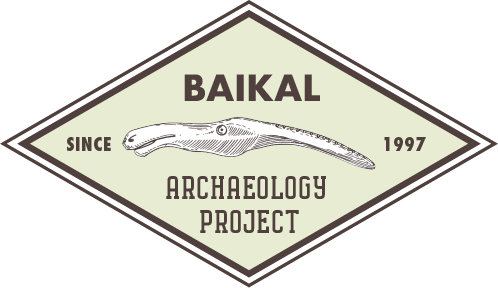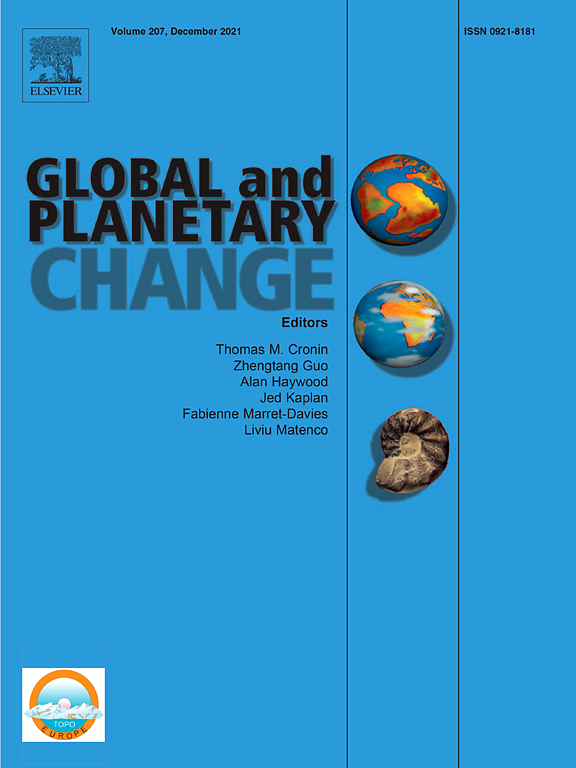Characterised by heterogeneous microclimatic conditions, a sharp vegetation gradient and a rich archaeological record, Olkhon Island offers a unique setting to investigate past climate change and its potential influence on cultural trajectories in the Lake Baikal Region (LBR). Palynological and geochemical analyses of the uppermost 556 cm section of the 750 cm long, radiocarbon-dated sediment core (Nur-II) from Lake Nurskoye (53°3’N, 106°58’E; 456 m a.s.l.) at the western end of Olkhon Island reveal several long- and short-term climate shifts over the last 8800 years. Forest expansion beginning in the Early Holocene peaked during the second half of the 7th millennium cal BP, followed by a continuous decline culminating around 1500 cal yr BP, when open steppe vegetation reached its maximum extent. This pattern supports the long-debated hypothesis that landscape openness and the associated availability of herbivorous game were key drivers of population size, social practices and subsistence strategies among Mesolithic, Neolithic and Bronze Age hunter-gatherer communities in the region. The maximum expansion of steppe vegetation (ca. 3400–800 cal yr BP) likely attracted Bronze Age pastoral groups who migrated into the area around 3300 cal yr BP, as corroborated by the Nur-II palynological record and archaeozoological data from the LBR. However, the pollen data show no evidence that the mixed foraging-pastoral subsistence was supplemented by crop cultivation prior to the Middle Ages (i.e. 1360 cal yr BP). The pollen-inferred moisture trends on millennial to centennial scales, including the 8.2 and 4.2 ka BP cooling events, show a positive correlation with the intensity of the Asian summer monsoon circulation throughout the study period. This suggests that the region’s hydrology was primarily controlled by a south-easterly circulation regime during the Early–Middle Holocene, while westerly-derived moisture became increasingly important after ca. 7000 cal yr BP.


